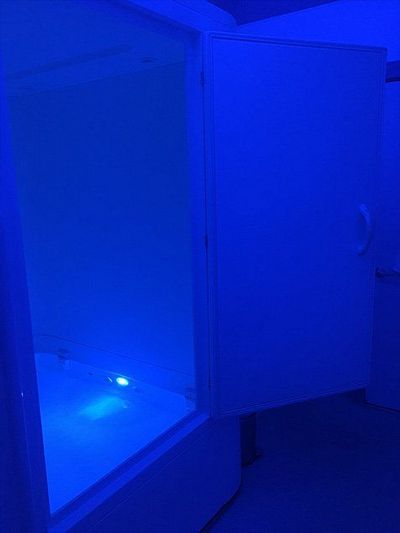A sensory deprivation tank, also known as a float tank, is a dark, quiet, light-tight, sound proof room heated to at least the same temperature as the human skin.

Floating tanks are very popular as a form of alternative therapy, and many people claim beneficial health benefits.
Float tanks can be used in a number of ways including a therapeutic form of meditation, relaxation exercise and for weight loss. But how do you know if a floating tank is safe?
First of all, a float tank is not a sauna. You should never soak in one without making sure that it has been thoroughly cleaned with soap and water and that you are wearing suitable clothing. If there is a chance that your skin could become burned, don’t go.
As with any form of sensory deprivation or exercise, the best advice is to avoid it altogether. Most people who have tried floating tanks report feeling disoriented after they have left them.

They may feel like they are in a fog, and some say they feel as though their mind is “hanging”.
Float tanks can also lead to some pretty scary situations, so it is important to know the proper way to use them before going into one. Many people believe that they are harmless, but others feel that the room must be filled with enough air to ensure safety. In order to ensure the safety of those using the float tank, it must be filled with a sufficient amount of air.
Some float tanks have a pump built right into them to allow for a controlled release of air. Others, such as those used in the sauna industry, are not connected to a pump and instead rely on gravity to keep the water level constant. No matter which type is used, it is important to follow all manufacturer instructions in order to avoid injury.
Although it is not entirely clear, some experts believe that a float tank may be effective for releasing stress.

The pressure exerted by the water against the body has been proven to release endorphins, which are natural pain killers.
There have also been reports of relief from depression, insomnia, anxiety and even depression when people have been put in a float tank. However, this has yet to be proven and more research is needed.
The only known side effect of sensory deprivation tanks is that the individual will begin to cry. Although this reaction can be frightening, it is a normal reaction for some people.
Before getting in a float tank it is important to note that this is not a type of treatment that is appropriate for everyone. People who have serious health problems should avoid this type of treatment at all costs. Also, if someone becomes too uncomfortable during the session, they should leave the tank immediately.
Float tanks can also cause a sense of being immobilized.

and if the individual has an illness that requires them to be immobile, it may be hard to get out without risking further harm to the body.
The last thing someone should do is to leave the float tank without the proper supervision. Even though these tanks can be very relaxing and soothing, they are not a good way to relax because they do not give the person the chance to become relaxed in any other manner. If you feel that you have a problem that needs medical attention, you should contact your doctor as soon as possible. An emergency room is often the safest place to go for this kind of treatment.
To avoid danger, always try to have someone with you while in the tank so that they can monitor your surroundings and be there for any possible dangers. You should also make sure to check with your physician before you put yourself in a float tank.